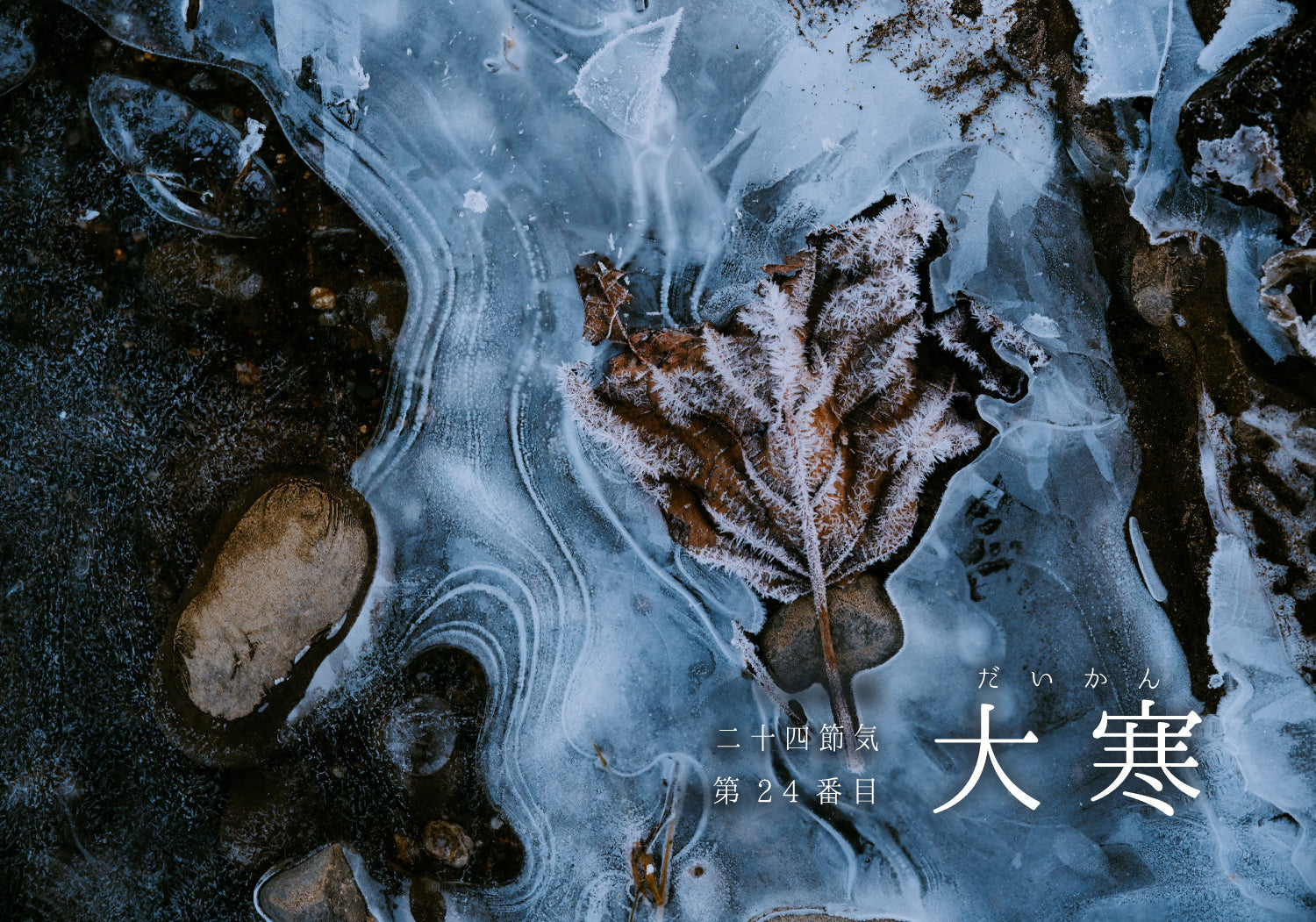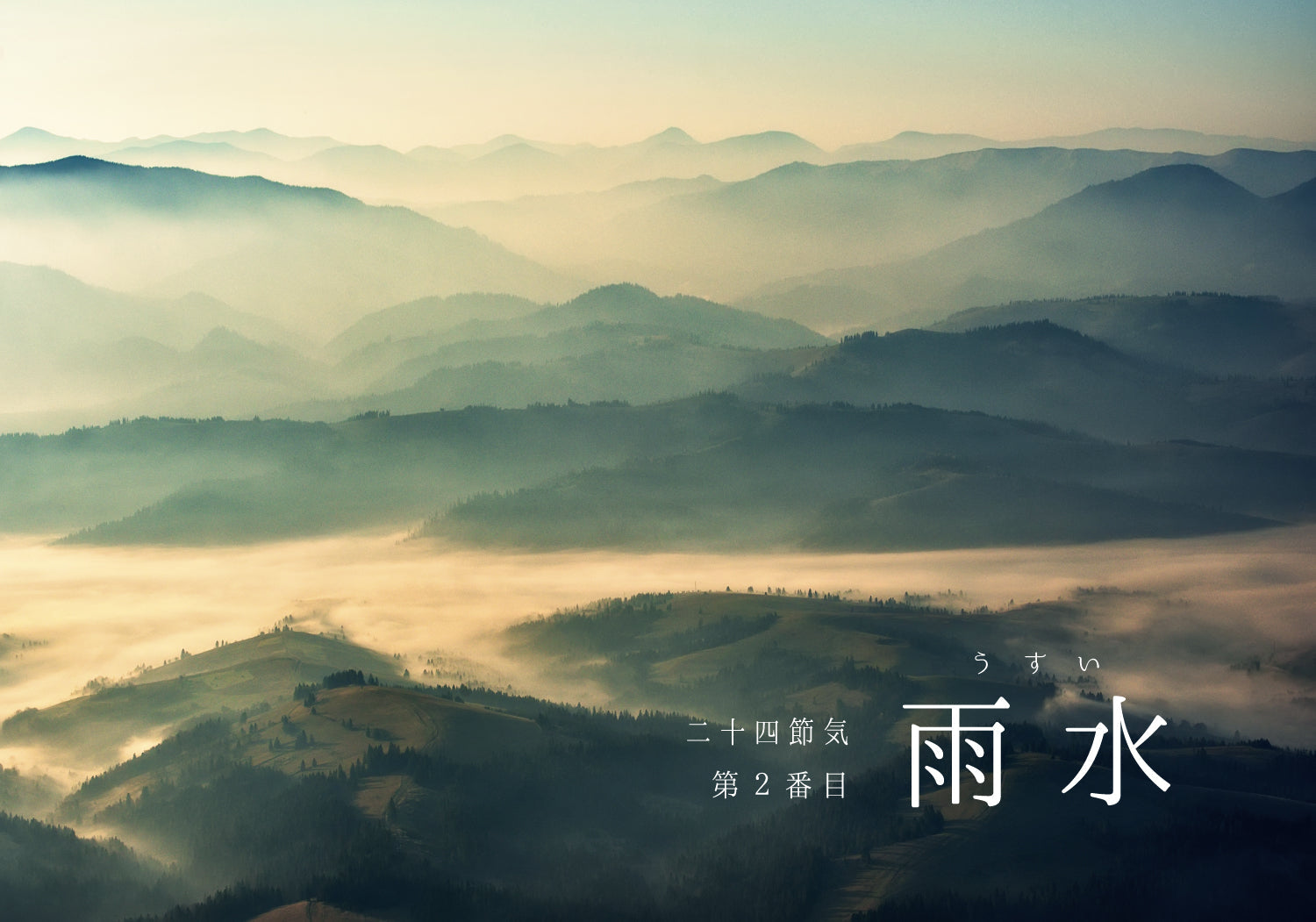8th of the 24 solar terms
[Summer Solstice] (Geshi)
The longest days and shortest nights of the year.
As the name suggests, once the summer solstice passes, summer truly arrives.
The temperature is rising and the heat is increasing day by day, but from now on the hours of daylight will gradually become shorter as we approach winter.
The winter solstice, when the sun's power is at its weakest, is also called the sun's birthday and the New Year's Day of the solar year, as the days gradually become fuller from this point on.The summer solstice, when the sun's energy is felt most powerful, was thought to be the time when the sun's blessings reached their greatest power.
For ancient people, the winter solstice was the "day closest to death," when the sun was blocked out in the cold and crops could not grow, and the longest night of the year was shrouded in darkness. On the other hand, the summer solstice was seen as the source of life, as the sun's light illuminates the earth and makes crops grow, and it was worshiped as a symbol of human activities, when men and women meet and their offspring prosper. Excavations and petroglyphs (rock carvings) symbolizing various sun worships have been discovered at the remains of ancient civilizations.

Even today, there are many "summer solstice" customs around the world that are based on sun worship that existed before the spread of Christianity (many of which have since evolved into Christian festivals).
Although the form and names of festivals vary from region to region, most festivals are centered around a bonfire, with dancing around the fire as a symbol. These festivals are held to express gratitude to nature as the source of life that allows flowers and crops to grow, as well as to represent the development of ethnic groups and the encounter and blessing of men and women.
In Japan, ruins such as the Oyu Stone Circle in Akita Prefecture and sundials from the Jomon period remain, and because Japan has a long history and culture of nature worship, many shrines, temples, and shrines are home to various legends.
Amaterasu Omikami, famous at Ise Grand Shrine, is the sun goddess, Susanoo no Mikoto is the sea god and storm god, and Tsukuyomi is the moon god. Gods have been said to govern all things in nature.

Japan's "Summer Solstice Festival"
The Meoto Iwa Rocks, which can be seen from Futami Okitama Shrine, are the rocks from which the morning sun rises just before and after the summer solstice. A ritual called Misogi is held in which people purify themselves by entering the sea between the rocks and basking in the summer solstice sunrise, when the sun's energy is strongest.
In addition, around the last day of June, shrines all over the country hold a ceremony called "Nagoshi no Harae," in which people pass through a straw circle.
The Oharae is a Shinto ritual that has its roots in Izanagi no Mikoto's misogiharai, and was a ritual held at the turning point of the seasons to purify the mind and body of impurities and disasters.
Twice a year (around the summer solstice and winter solstice), the "Nagoshi no Harae" and "Toshikoshi no Oharae" purification ceremonies are held.

In Japan, the deity enshrined at the special shrine of Ise Grand Shrine is Amaterasu Omikami (the sun goddess), but it is said that the rainy season is responsible for the fact that there are fewer festivals on the summer solstice (the day when the sun is full) in Japan compared to other parts of the world.
The rainy season begins in earnest around the country from mid-June. This is due to the fact that long periods of rain continue and the days are not as long as they used to be.
Even in such circumstances, as a way to refresh oneself at the turning point of the season, there are rituals such as "Nagoshi no Harae" (purification of summer solstice) and "Doyō no Ushi" (Doyō no Ushi), as bodies that are not used to the heat tend to tire easily both physically and mentally. As we spend the summer, we purify our minds and bodies and prepare our bodies at turning points. This seems to be wisdom that has been nurtured in the land of Japan.
The next solar term is "Xiaoshu."





